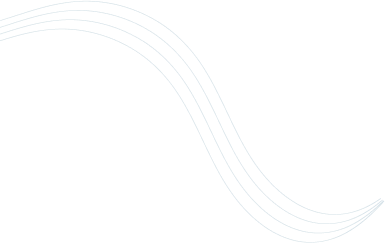Introduction
Marketing has always been the backbone of business growth, but how it is executed has drastically transformed over the years. As technology has evolved, so has the way brands communicate with their audience. Traditional marketing, with its print and broadcast media, once dominated the landscape. However, the rise of the internet has shifted attention to digital marketing. So, how exactly is digital marketing different from traditional marketing? This blog explores the major contrasts between the two and helps you determine which approach is more suitable in today’s digital-driven world.
Understanding Traditional Marketing
Traditional marketing refers to the age-old methods of advertising that include TV commercials, radio jingles, newspaper and magazine ads, billboards, posters, and flyers. These forms of marketing are well-established and are often used to reach a mass audience. Businesses using traditional marketing typically target customers within specific geographic locations and rely heavily on visual or audio impact. However, traditional marketing is often expensive, and measuring the effectiveness of a campaign can be quite challenging. There is little scope for immediate feedback or real-time adjustments once the campaign is launched.
Defining Digital Marketing
Digital marketing, on the other hand, is any form of marketing that uses digital channels such as search engines, social media platforms, websites, mobile apps, and email to connect with current and prospective customers. It enables businesses to communicate with a global audience in real-time. The beauty of digital marketing lies in its flexibility, interactivity, and affordability. Marketers can fine-tune their campaigns on the go, measure performance through analytics, and target very specific audiences based on their behaviors, interests, or locations.
Major Differences Between Digital and Traditional Marketing
One of the most significant differences between digital and traditional marketing lies in the cost. Traditional marketing, such as placing an ad in a national newspaper or airing a commercial during prime-time TV, often requires a large budget. In contrast, digital marketing allows for flexible spending. Businesses can start small with pay-per-click ads, social media promotions, or email campaigns and scale based on performance.
Another major distinction is the audience reach and targeting capabilities. Traditional marketing typically broadcasts messages to a wide audience without much precision. It’s difficult to ensure that the intended message reaches the right demographic. On the other hand, digital marketing offers pinpoint targeting. Brands can focus on users based on age, interests, browsing behavior, location, and even the device they are using. This makes campaigns more relevant and effective.
The level of engagement also sets digital marketing apart. Traditional marketing is generally a one-way street. Brands speak to their audience, but the audience doesn’t get to respond immediately. Digital marketing, however, thrives on interaction. Customers can like, share, comment, ask questions, and even engage in direct conversations with brands on social media platforms or websites. This fosters stronger relationships and builds brand loyalty.
When it comes to measuring results, digital marketing takes a clear lead. In traditional marketing, it’s hard to know how many people actually saw a billboard or heard a radio ad. But digital campaigns can be tracked in real time. Tools like Google Analytics, Meta Business Suite, or email marketing software provide precise data on how a campaign is performing. This enables marketers to make data-driven decisions and improve future strategies.
The speed of execution is yet another point of differentiation. Launching a traditional campaign can take days or even weeks due to design, approval, and production cycles. Digital marketing, however, allows for near-instant deployment. A social media ad can be created and published within an hour. Campaigns can be paused, edited, or boosted in real-time based on performance metrics.
Why Small Businesses Prefer Digital Over Traditional
For small businesses with limited budgets, digital marketing is a game-changer. It allows them to compete with larger companies by providing access to a wide range of affordable tools and platforms. Social media, search engine optimization, and email marketing can be leveraged with minimal financial investment while offering substantial returns. Traditional marketing, while still valuable in certain contexts, may not offer the same return on investment for smaller enterprises.
Can Traditional and Digital Marketing Coexist?
Yes, absolutely. The most effective marketing strategies often involve a mix of both traditional and digital methods. For example, a brand can run a print ad in a magazine and include a QR code that links to a landing page. Or a local event can be promoted through both flyers and a Facebook campaign. This integrated approach ensures that brands reach their audience wherever they are, both online and offline.
Real-World Example
Consider a local bakery in Coimbatore that used to rely solely on posters and newspaper inserts. After introducing Instagram Reels showcasing their cakes and enabling WhatsApp ordering, they not only doubled their customer base but also received orders from nearby towns. This shift to digital gave them more visibility, quicker feedback, and better customer relationships — all at a fraction of the cost of their previous marketing methods.
Conclusion
In summary, while traditional marketing has its place and legacy, digital marketing offers versatility, scalability, and precision that is essential in today’s dynamic marketplace. The ability to track, measure, and adapt strategies in real-time gives digital marketers a significant edge. Still, both methods can be effectively combined to create a 360-degree marketing strategy that addresses the needs of diverse audience segments.







